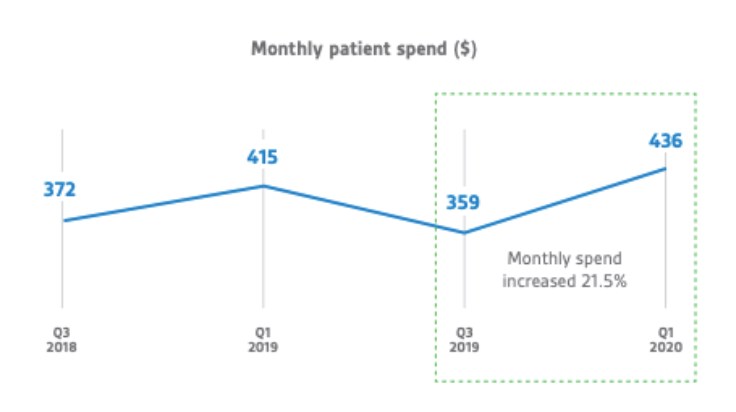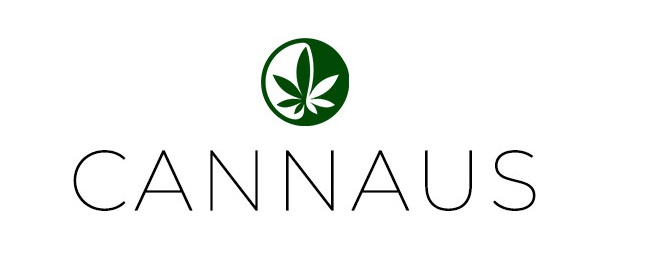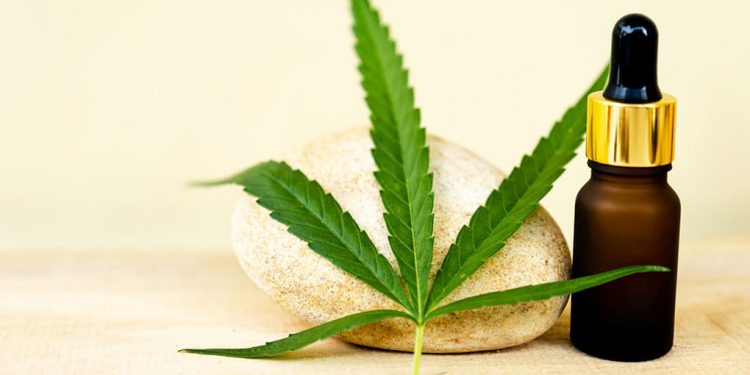The high price of medicinal cannabis is coming under fire after Australian’s are forced to use the black market to fulfil their medicinal needs.
Currently, over 27,000 Australians have been given access to medical marijuana, through the ‘Special Access Scheme’ (SAS). However, having a prescription does not make the drugs you’ve been prescribed accessible.
As of January 2020, the average Australian on SAS spends $436 a month on their medicinal cannabis prescription.

One patient, Emma Broughan, was interviewed by the ABC in January, where she explained why couldn’t fulfil her prescription.
It would have ended up costing me a third of my income basically, my pension, to go on this medication… There is no way I could afford that product.
Broughan isn’t the only patient in this situation. The ABC also interviewed Brent Arcuri, whose CBD Oil prescription costs him around $600 a month.
It’s only after you get accepted, they tell you the associated costs.
These high costs have also hurt many of the people medical marijuana was supposed to help. In November 2019, Jenny Lee Hallam, age 47, was finally spared conviction on charges of manufacturing a controlled drug. Hallam was creating CBD oil in her South Australia home, even though it’s still a Schedule 4 controlled substance. After she got out of court, she was quoted as saying:
I didn’t want to break the law… All I ever wanted was for people to be happy and well.
Hallam wasn’t manufacturing CBD oil for profit, instead, she was selling it at a loss to Australians suffering from a terminal illness. Reportedly, the people who bought her oil couldn’t afford to fulfil their medical-marijuana prescriptions, despite their desperate situations.
At the moment people are miserable, and they’re dying… We don’t want that anymore.
Reading all this, it’s enough to leave you wondering why the Australian government isn’t subsiding medications containing cannabis.
Truthfully, although there are more than 100 cannabis products available to Doctors, there is no subsidy for cannabis medicines under the Pharmaceutical Benefits Scheme (PBS). Medical cannabis was legalised Australia wide in 2016, with each new medicine being individually assessed by the Therapeutic Goods Administration (TGA).
It’s 2020 now, and the push to cover marijuana-containing medicines under PBS has been going on for nearly four years. Explaining why it’s taken this long, the Head of the TGA, Professor John Skerrit, had this to say:
The situation we’re working towards is for clinical trials to be done and companies to put submissions to us. But those trials take a couple of years, and then they have to get the results and submit them, as they do for other medicine.
As mentioned, TGA must individually assess new medicines, including requiring clinical trials. While this is true, a medicine cannot be included under PBS until it is declared a “first-line therapy”, meaning the medicine is generally accepted as the best treatment option available to Doctors.
As of 2020, TGA’s guidance for medical-marijuana prescription emphasizes that:
In many cases there (is) very limited data from which to draw specific recommendations for treatment.
They also reference the Queensland Government’s Clinical Guidance for the Use of Medicinal Cannabis products document, which features the quote:
Medical cannabis is not considered a first-line therapy for any indication.
As you might imagine, TGA’s system creates a loophole where a medicine is safe and effective enough to be approved by for use, but not researched enough for the cost to be subsidized by the government. These medicines are called ‘non-PBS pharmaceuticals’.
If you have private health insurance, non-PBS pharmaceuticals are slightly more accessible to you, as four health funds currently cover some non-PBS pharmaceuticals. These include:
- NIB Health Insurance
- CBHS Health Fund
- Australian Unity
- Medibank
However, these health funds only cover certain medications. While further research into medical-marijuana drugs will bring their cost down, as well as more pot stocks bringing the medicine to market, thousands of Australians will go without necessary medications in the meantime.
That has a real, human cost.








